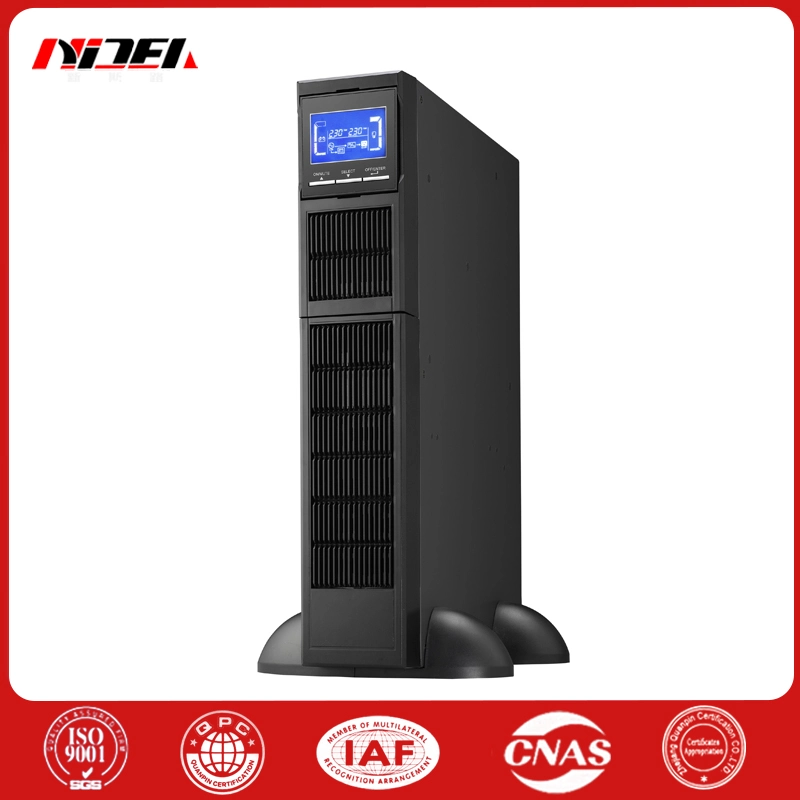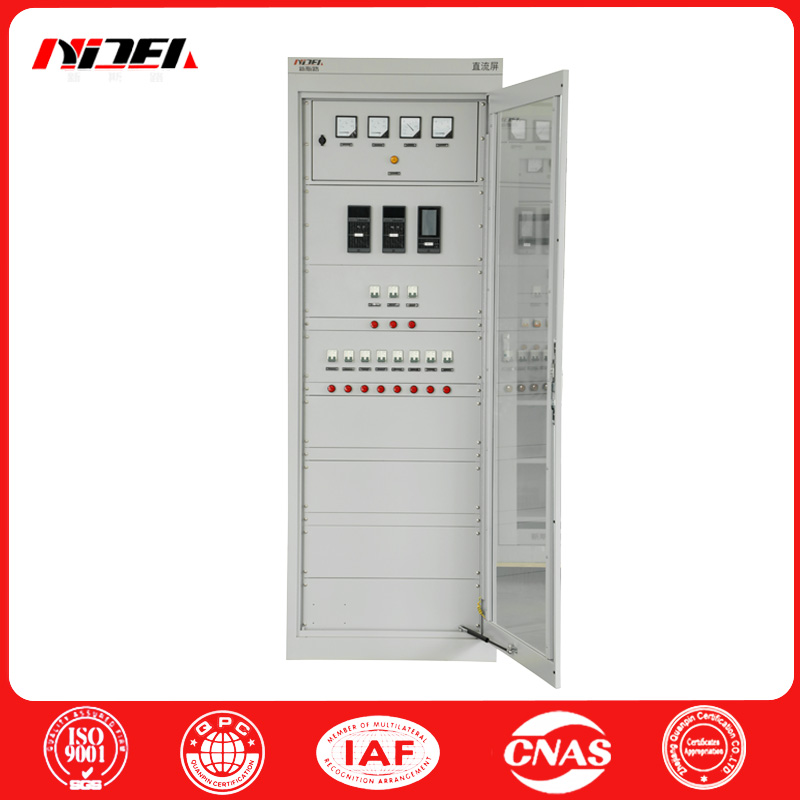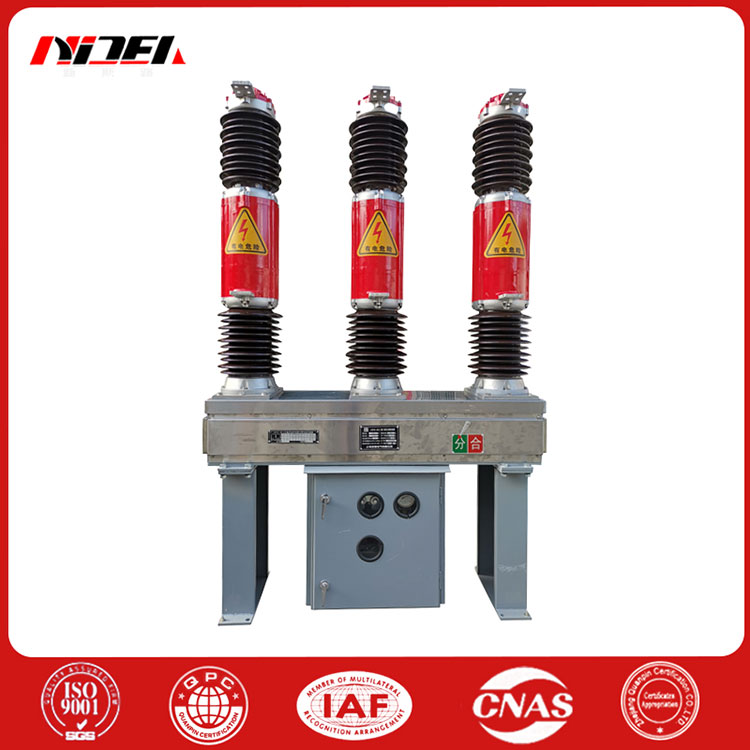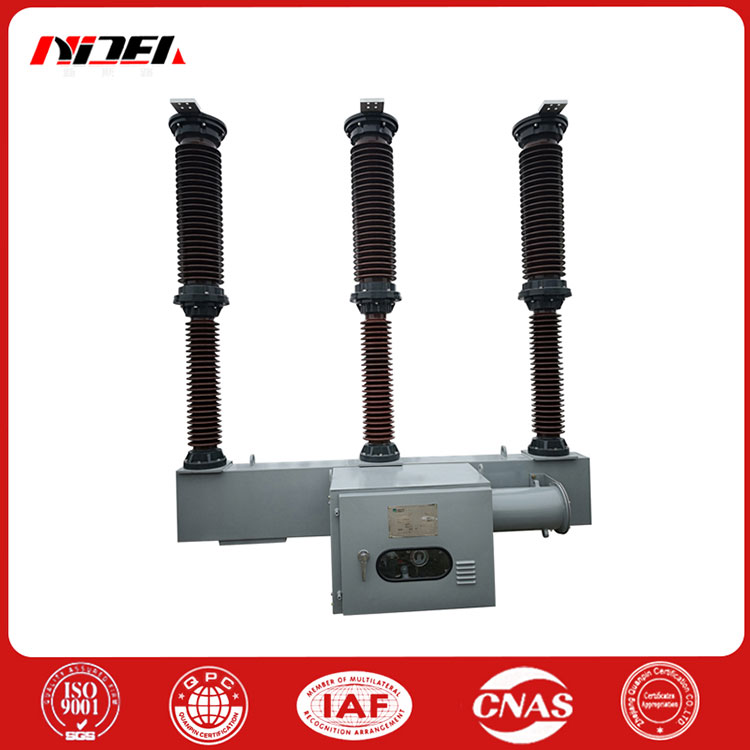What is the difference between an AC power supply panel and a DC power supply panel?
As the energy supply core of the circuit system, the AC power supply panel and the DC power supply panel have significant differences in working principles, structural design and application scenarios due to the different current processing forms. Their performance characteristics directly determine the operating stability of the adapter equipment.
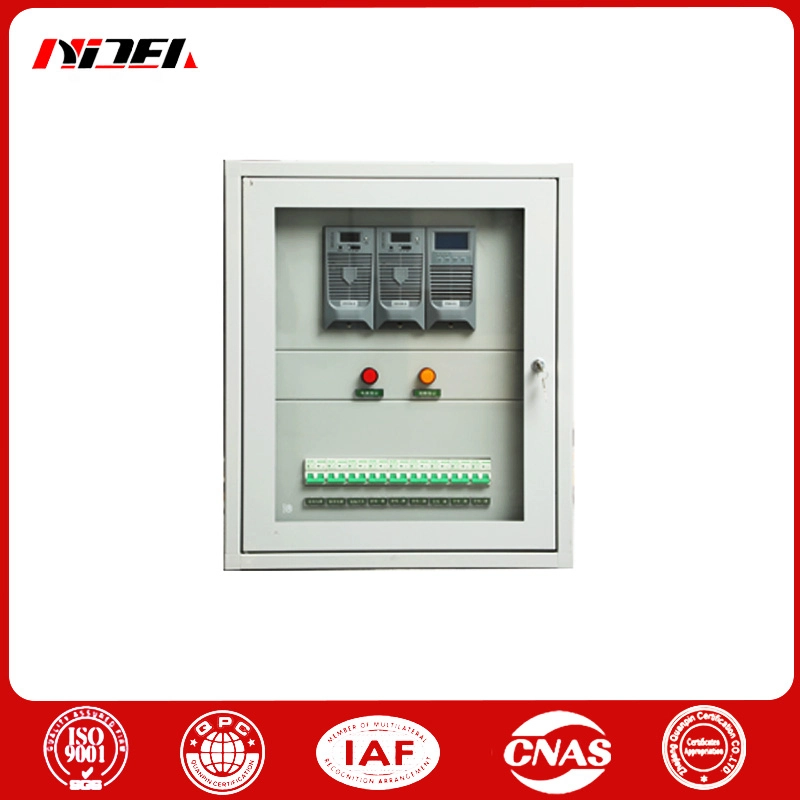
The essential difference in working principles is the core distinguishing point. The AC power supply panel directly processes alternating current (voltage changes periodically over time, such as 220V/50Hz mains), adjusts the voltage amplitude through transformers, rectifiers and filters and other modules, and the direction of the output AC power reverses with the cycle, and can power AC equipment such as motors and heaters without additional conversion. The DC power supply panel needs to convert AC power into DC power with a constant direction, convert AC power into pulsating DC power through a rectifier bridge, and then process it through capacitor filtering and voltage stabilization chips (such as LM2596) to output stable DC voltage (such as 5V, 12V) to meet the needs of DC equipment such as chips and sensors.
The structural composition reflects the functional emphasis. The AC power supply panel uses transformers, relays, and AC contactors as core components, focusing on voltage conversion and overload protection. Some high-end models integrate power factor correction (PFC) modules to increase power utilization to more than 90%. The DC power supply panel includes rectifier circuits, filter capacitors, and voltage stabilization circuits. Some precision models are equipped with voltage feedback regulation functions, with output voltage accuracy of up to ±1% and ripple coefficient ≤5mV to ensure stable operation of sensitive electronic components.
The applicable scenarios are clearly divided. AC power supply panels are widely used in industrial motors, household air conditioners, power tools and other equipment. They can directly drive high-power loads (power can reach several kilowatts) and adapt to wide voltage input (110V-240V). The DC power supply panel is the "power core" of electronic equipment, ranging from mobile phone chargers (5V/2A) to industrial PLC systems (24V/10A). Especially in automation equipment and communication base stations, its low ripple characteristics can ensure that chip data processing is not interfered with.
Each safety design has its own focus. AC power supply panels need to strengthen insulation protection (creepage distance ≥ 8mm) to prevent high voltage electric shock; DC power supply panels pay more attention to overcurrent and overvoltage protection. When the output current exceeds 150% of the rated value, the output can be automatically cut off within 10ms to protect downstream electronic components.
Although the two power supply panels have different functions, they often work together: AC power supply panels provide power to the system, while DC power supply panels ensure the operation of the control circuit, and together they form a complete electrical system. When selecting a power supply panels, it is necessary to accurately match the power supply requirements of the equipment (AC/DC, voltage, power), and its performance directly affects the reliability and energy efficiency of the entire circuit system.
- Why Choose High Frequency Series UPS for Next-Level Power Protection?
- How Does a Communication Power Enhance Modern Network Reliability?
- What Are Circuit Breakers?
- How do Distributed Operating Power Supplies Address Power Supply Pain Points of Decentralized Equipment Across Key Fields?
- Can DC Operating Power Systems Reduce Your Operational Costs
- How do DC Operating Power Supply Systems Support Stable Equipment Operation in Power, Industrial, Data Center and Rail Transit Sectors?







